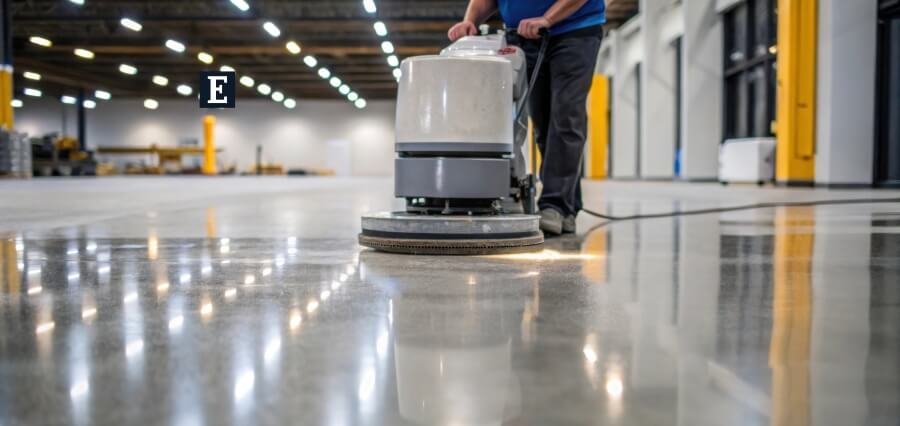Smart Sanitation
In today’s fast urbanizing, fast developing world, the problem of sustainable development is inextricably intertwined with the delivery of quality public service. Among these are city sanitation responses an order one, as much for economic development, social justice, and environmental and public health protection as for the latter two. With the ever more urbanized populace across the world, detection and utilization of quality urban sanitation solutions is a sheer necessity for any location that would seek to be habitable and an efficient urban city.
The most obvious and indeed most critical advantage of full-of-range urban sanitation solutions is in their contribution towards safety in public health. Poor sanitation facilities are the principal carriers of the majority of infectious diseases like typhoid, cholera, dysentery, and hepatitis. Open defecation and unhygienic disposal of waste pollute water bodies, food, and the environment, leading to epidemic disease among the vulnerable sections like children and the elderly. Safe urban sanitation facilities with suitable collection, transportation, treatment, and safe disposal of waste spoil disease cycles appreciably, lowering morbidity and mortality by several times. This is interpreted to mean healthier communities, lowered healthcare expenditure, and a healthy workforce, which are supports of economic growth.
Besides health, proper urban sanitation infrastructure performs crucial roles in protecting the environment as well as the ecosystems. Untreated sewage and solid wastes contaminate rivers, lakes, oceans, and aquifers, resulting in fish and other aquatic life death, contaminating ecosystems, and threatening valuable natural resources. This environmental degradation has long-term consequences, including harmful impacts on biodiversity, agricultural yields, and the availability of safe drinking water. Effective urban sanitation strategies include high-tech wastewater treatment facilities, scientific management of solid waste (recycling wastes and waste-to-energy facilities), and stormwater management, all with the goal of reducing environmental footprints and establishing ecological balance in and around cities.
It is also economically critical that effective urban sanitation strategies become a reality. It poses a significant economic cost in the form of expenditure on health, lost productivity due to sickness, and loss of tourism. In comparison to all this, investment in effective sanitation systems provides jobs, flow of foreign capital, and makes the city a place worth living and investing in. Well-designed and managed sanitary urban environment is the solution to sustainable economic development and access to educated human resource. In addition, high-tech urban sanitation technologies can even create revenue in the area of resource recovery, e.g., organics waste biogas production or water harvesting for non-potable uses, to support circular economy. Inclusive urban sanitation technologies also contribute a great deal to social dignity and equity.
Sanitary and safe toilets, especially for girls and women, are a matter of dignity, privacy, and safety. In the majority of urban poor towns, inadequate sanitation facilities disproportionately burden women, disadvantages them, exposes them to abuse and violence, and denies them education and economic opportunities. Well-designed urban sanitation systems avail all the inhabitants, regardless of their financial status or where they reside in town, with decent and respectable sanitation facilities, thereby promoting gender equality and enhanced social well-being. In addition, urbanization and rapid population growth enhance the need for new sanitation technology in towns.
Cities all over the world, such as India’s Pune, are witnessing record-population migration. This unplanned growth places enormous pressure on infrastructure available, and sewage plant is clogged, landfill is filled, and slums with no basic facilities mushroom. Aggressive and adaptive urban sanitation initiatives need to be put in place to catch up with this growth, preventing public health emergencies and enabling the sustainable urbanization. Forward-looking planning, substantial investments, and emerging technologies need to deal with growing quantities of waste. Innovation and technology are also necessary to address the change in demand for urban sanitation interventions. New issues require new solutions.
New technologies such as new waste management technologies that provide maximum routing of collections, sensor technology for the detection of blockages in sewage infrastructure, and low-cost decentralized systems of wastewater treatment suitable for small communities or peri-urban areas that are closer and cheaper to access. Bio-digesters, composting technology, and recycled water treatment technologies are turning wastage into assets. Application of these information technologies is at the center of developing successful, sustainable, and resilient urban sanitation solutions that a smart city must have. Integrated urban sanitation solutions also play a key role in the city’s resiliency against the effects of climate change. Climate change means even stronger weather in the forms of rains and floods.
Insufficient drainage and sanitation facilities aggravates these, leading to extensive contamination and destruction. End-to-end city sanitation solutions with strong stormwater management, flood-resistant construction, and robust disposal facilities are key to a city’s resilience to bounce back and survive from the devastation brought about by climate disasters, protecting public health and infrastructure from the impacts of environmental change. To put it succinctly, the importance and sense of emergency of end-to-end urban sanitation solutions for the emerging new modern world cannot be exaggerated. They are supportive pillars that guarantee public health, environmental wholesomeness, economic growth, and social justice in fast-growing cities.
Through safe disposal of waste, environmental conservation, improved economic progress, bestowal of dignity on individuals, adaptation to urbanization, use of technology, and increased climate resilience, strong urban sanitation solutions are not time-dependent. For a city like Pune and for most of them globally, prioritizing these solutions and investing in them is not only an infrastructural requirement but a strategic imperative for healthy, urban, and sustainable city living in the future.

